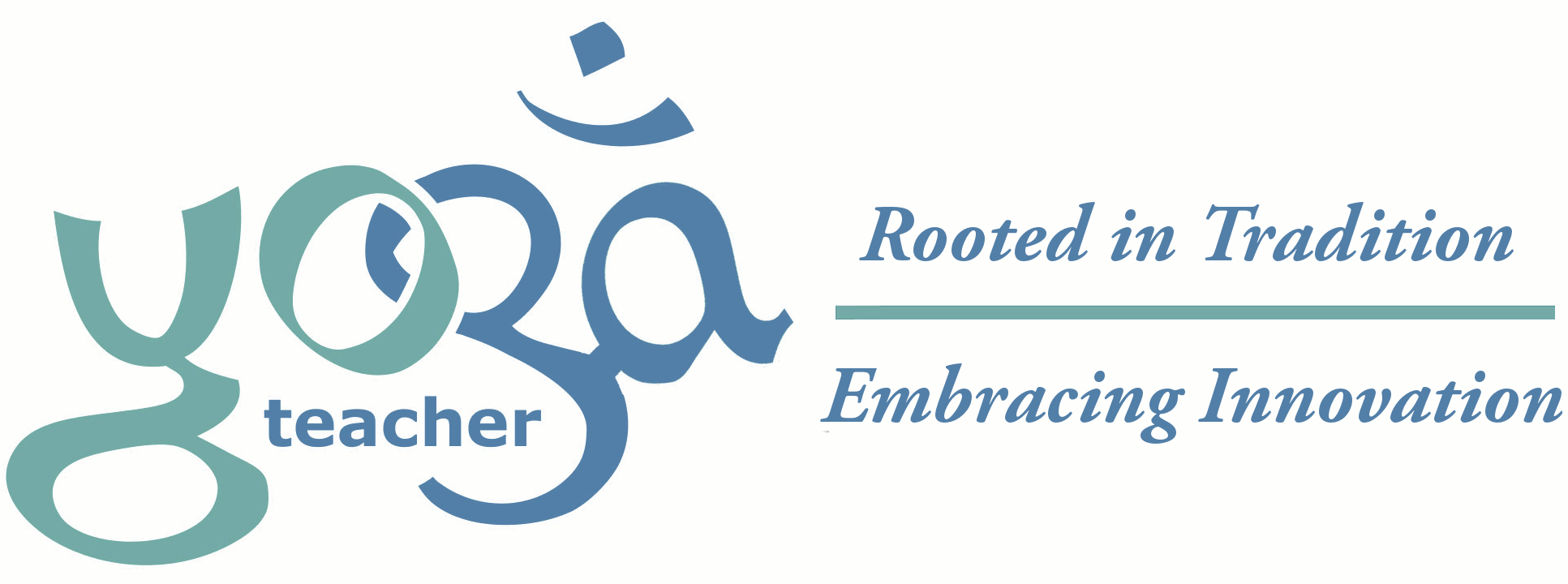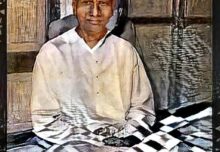Yoga is one of seven schools of philosophy in India. These seven schools span the range between the materialistic point of view to its diametric opposite, in which the material universe is just a shadow of the spiritual world. Yoga schools take the middle ground, balancing the spiritual and material aspects of our universe. Yoga is not a religion, but the science of religions. Yoga demands discrimination rather than faith. Where most religions teach us ‘what to do’, Yoga teaches us ‘how to be’. Yoga is a systematic and scientific discipline that teaches by direct experience, leading one to ultimate truth.

The origins of the science of Yoga are vague at best, but probably date back at least Three Thousand years and many believe it to be over 5000 years old. In 200 B.C. an Indian Sage by the name of Pantanjali systematized, codified and organized the teachings of one school of Yoga, called Raja Yoga, into a collection of aphorisms called the “Yoga Sutras”. In the following centuries it has been practiced continuously, passing orally from teacher to student, each adding to a growing pool of knowledge. In the course of the years Yoga has split into many different specialties each sharing a common goal… ‘Samadhi’ (self realization, enlightenment, union with God), but taking a different path towards that destination suited to the needs and temperaments of different students.This has resulted in multimple styles of yoga.
The eight primary styles of Yoga are: Jnana Yoga – union by knowledge; Bhakti Yoga – union by Devotion; Karma Yoga – union by service; Mantra Yoga – union by speech and sound; Hatha Yoga – union by bodily control; Laya (Latent) or Kundalini Yoga – union through creative energy; Tantric Yoga – union through sexual energy; and Raja Yoga – union by mental control.
Of these eight primary styles of yoga, Hatha Yoga is the most common in the west. Although Hatha Yoga is typically practiced by itself, it is traditionally considered a preparation for meditation. There are many styles of Hatha Yoga available in the U.S. ranging from gentle forms of Vini Yoga, well balanced workouts associated with teachers trained at the Hymalayan Institute, Sivananda, and Kripalu centers, the technically precise and more physically demanding Iyengar style of Hatha Yoga, and then the very challenging Bikram Yoga and Ashtanga Yoga.
My favourite, Raja Yoga, is also the most comprehensive. We will discuss Raja Yoga in detail in the upcoming essays.
Whether the student is interested in pursuing Yoga to it’s ultimate end of union with God or not does not matter, for the benefits along the way are justification in and of themselves. Through Hatha Yoga you can master control of your body and through Raja Yoga you can gain control over your mind.
It is very common among western students to ‘try’. This will probably be the greatest obstacle in your path at this time. Effort is contrary to the spirit of Yoga, and although it might produce quick results, it is a treacherous path that eventually drops you short of your destination, leaving the student with the formidable task of unlearning what they thought they knew, or the easier, and more popular option of giving up. What do I mean by ‘try’? I mean an effort to be something you are not, to push your self further than your present capacity, to look for answers in the world, instead of finding them within…
This will be no easy task initially, hence I have listed a few guidelines to help you in this quest:
• Be Here Now! Discard all thoughts of past and future before practicing Yoga, they are dangerous distractions;
• Do not compare your self to others, or even to your own past performances, or future expectations – Such thoughts distract from present awareness, and tempt you to exceed your present capacity;
• Learn to explore your present capacity, making it an enjoyable game. If you are not enjoying a pose you are trying too hard. If your face is tense you are trying too hard. If your breathing is not smooth, soft and diaphragmatic you are trying too hard. If any part of your body is shaking, you are trying too hard. If any part of your body not required to hold a particular pose is tense, you are trying too hard!
Once students have mastered the art of relaxation and enjoyment, then it is time to re-introduce the concept of effort and learn how to strive joyfully.
5 Comments
-
That is a really good tip especially to those fresh to
the blogosphere. Short but very precise information… Many thanks for sharing this one.
A must read article! -
I just want to say I am just newbie to weblog and absolutely savored you’re web page. Probably I’m likely to bookmark your blog post . You amazingly have fantastic articles. With thanks for sharing with us your website.
-
I don’t even understand how I finished up here, however I assumed this post was good. I do not recognise who you’re but definitely you’re going to a well-known blogger for those who are not already. Cheers!
-
Spot on with this write-up, I actually believe that this amazing site needs a great deal more attention. I’ll probably be back again to read more, thanks for the info!
-
This website was… how do you say it? Relevant!!
Finally I have found something that helped me.
Thanks a lot!






